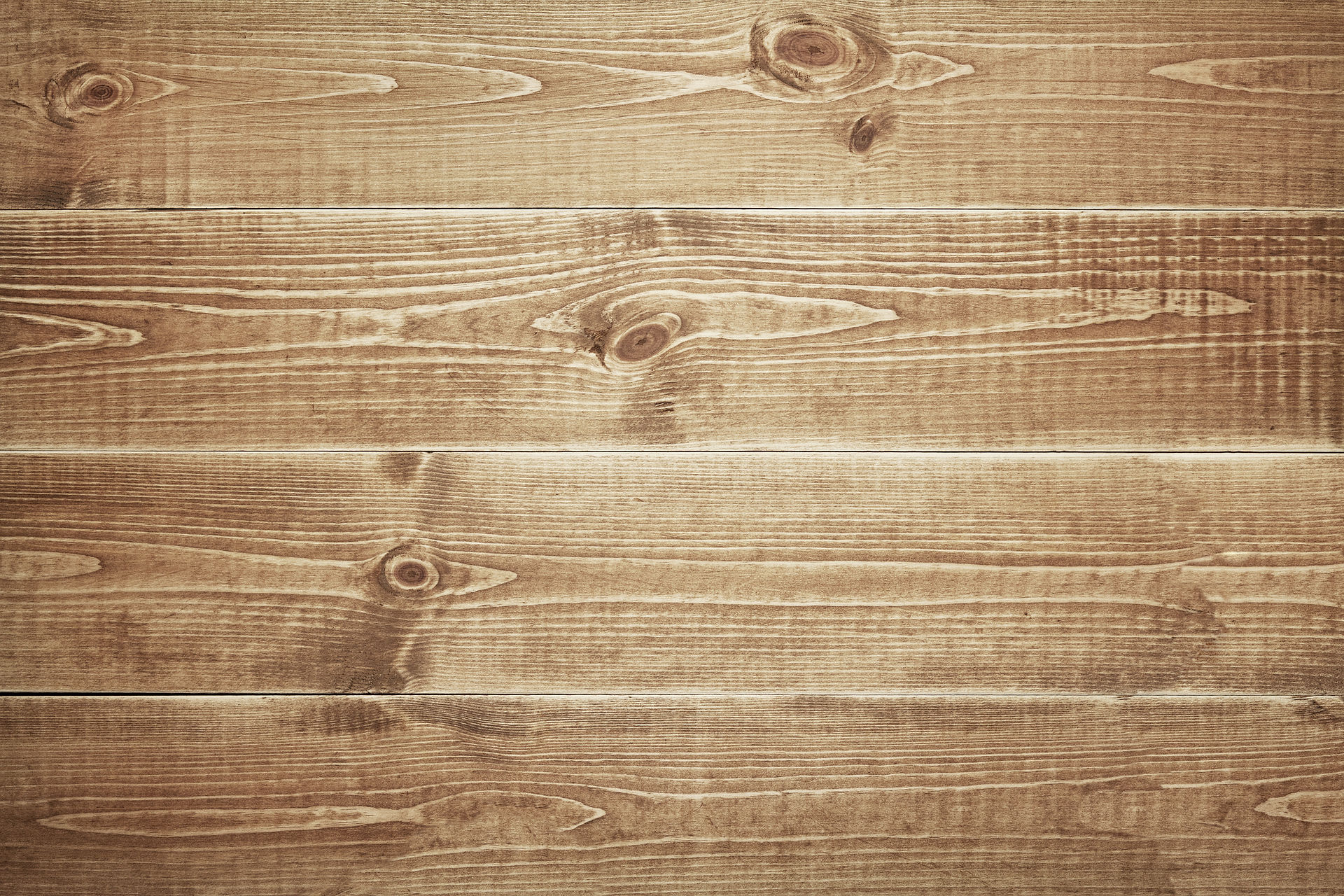
Kazuo Saito embodies the living bridge between karate for street survival and modern practice. Born in wartime Japan, forged in traditional dojos, and refined through decades of spiritual cultivation.
Kazuo's Foundation (1940s - 1960s)
Born in Asakusa during WW2's final days, Saito learned survival fast, martial arts second. His training under legendary masters Gogen Yamaguchi "The Cat" and Shuuji Tasaki wasn't sport - it was preparation for life's harsh realities.
Firing Competition (1970s - 1970s)
20 years of relentless training (4 hour x 5 days a week) culminated in national championship victories: Taito-Ku Japan Championship (1972), Tokyo Metropolitan Championship (1973) and Kanto Goju-Kai Group Championship (1974) to name a few. Every Sunday, Saito tested his skills against Japan's finest. Kazuo also fought against Muay Thai fighters in Thailand.
The Cultural Bridge (1978)
Sponsored by Tino Ceberano, Kazuo brought authentic Japanese martial culture to Australia. Not diluted for Western consumption but preserved in its original intensity and depth.
The hidden arts (1980s - 1990s)
Under 15th Soke and author, Heishichiro Okuse, Saito inherited the traditions of Iga Ryu Ninjutsu. In 1992, he became the 16th Soke.
The Spiritual Pursuit (2000s - Present)
Kazuo recognised that true mastery required more than physical technique. Kazuo became an ordained Abbott of Shingon Buddhism at Mount Koyasan in Wakayama, Japan.

Interviewing 80 year old Kazuo Saito on why he began martial arts.
Kazuo's approach to teaching mirrors traditional Japanese pedagogy - students discover truth through experience, not explanation. His 'challenger' mindset pushes students beyond comfort zones.
Harrison Saito, Kazuo's son, helps re-contextualise his wisdom to modern society. Interview below.
 |  |  |
|---|---|---|
 |  |  |
 |  |  |
 |  |



